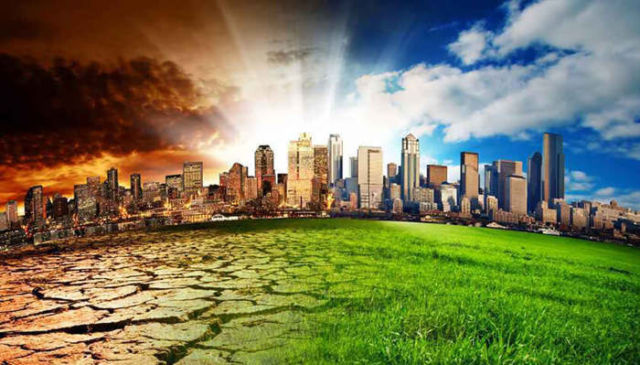How much do we rely on lights? If we want to see what we are doing, the answer is a lot. Even during the daytime we need lights in buildings, warning lights, and so on…
At night, we’d be lost without a means of lighting a house, so we can cook and eat in winter, read at night, or go to the bathroom. Do we consider how environmentally friendly our lighting is? We should.
Light Pollution’s Effect on Ecosystems
Some environmentalists such as research scientist Christopher Kyba believe that the creation of artificial light has been mankind’s greatest impact on the environment. Others may believe that the industrial revolution or animal husbandry and farming, had larger impacts, but it is true to say that light pollution has complicated ecosystems. It has done this by turning night into day in many areas; especially near large urban centres.
One example of how this has changed ecosystems is the prey vs preyed relationship. Traditionally, hunting animals used light to hunt and the preyed used the cover of darkness to go about their business in relative safety. The introduction of artificial light has made cloudy skies and night skies thousands of times brighter than before. Light pollution has been linked to disrupted frog mating rituals, misleading hatchling baby sea turtles away from the sea, and cause issues with birds which use moonlight to navigate at night.
source ledlights.co







Leave A Comment